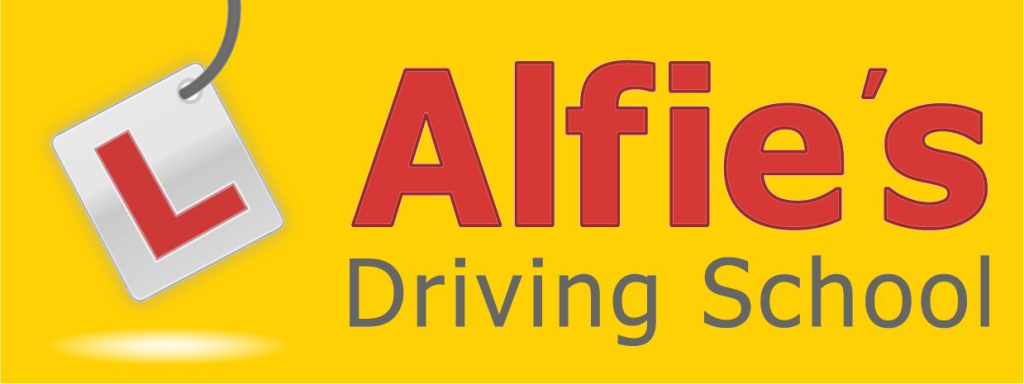Sharing the road is similar to sharing toys when you’re a kid. It may not always appear fair, but there are overriding standards that govern how we should act. This is most visible when roads meet and form crossroads. At intersections, you may have to wait for other vehicles to go first, or they may have to wait for you.
But it’s not always as simple as taking turns and hoping for the best. So, how do you determine who has precedence? We’ll go over the rules of right of way and show you how to apply them in practice.
What is the main rule for right of way in the UK?
In the United Kingdom, there are two primary principles for determining who has right of way:
- Drivers on major roads receive priority over those on minor roads.
- Priority is given to vehicles travelling straight ahead or turning left. This means that drivers turning right will have to wait for a space in traffic before proceeding.
- Both rules apply at the same time, so there are a few things to consider when you get to a fork in the road. Let’s see what happens.
What is the priority at a crossroads?
In the United Kingdom, four-way crossings are referred to as crossroads. There are several different types, but they all have the possibility for traffic to be travelling in four separate directions at the same time.
Controlled crossroads
To avoid mayhem, some major intersections are regulated by traffic lights, which, if you understand the regulations, means everyone knows where they stand. When you see a green light, it’s your turn to drive.
Turning right at a crossroads with traffic lights
When you turn right, things become a little more tricky. Even though you have a green light, you don’t have priority unless you have a filter arrow lit up. Otherwise, you must wait for a gap in oncoming traffic before beginning your turn.
Marked crossroads
For less crowded intersections, there will normally be road markings and signs indicating who has priority. Crossroads typically consist of one major route joined by two secondary roads coming from different directions.
Unmarked crossroads
Don’t be alarmed if you hear the phrase “unmarked crossroads.” Although no one has priority, you should be able to traverse them safely if you rely on your knowledge of other crossroads and general road laws.
- The person who arrives first at the intersection normally has the right of way.
- If you are turning right, you must yield to oncoming traffic.
- It’s critical to keep your senses about you at unmarked intersections. The best thing you can do is make eye contact with the other drivers to confirm their intentions.
Key points:
- Observe all road markings, signs, and traffic lights.
- Proceed with caution if markings are unclear.
- Allow for traffic on the major road.
- When turning right, always yield to other traffic.
Hopefully this has given you a better idea of who has the right of way at the crossroads. If you would like to learn more get in touch with Alfies Driving School.



